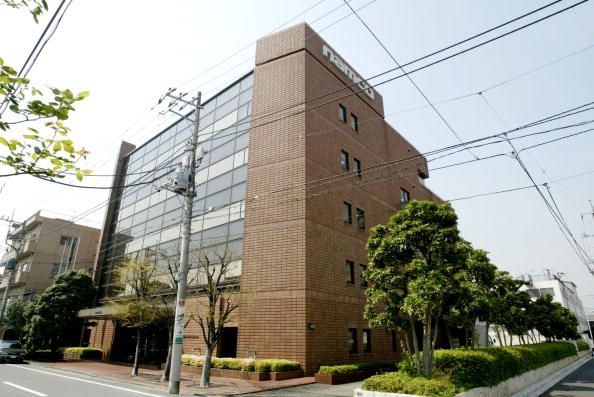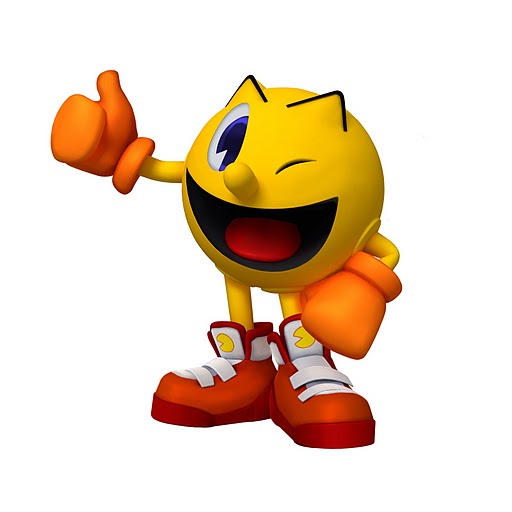History
 Namco headquarters.
Namco headquarters. Namco was originally founded in 1955 in
Tokyo as Nakamura Manufacturing Ltd. by Masaya Nakamura. They began as a company that ran two rocking horse rides in a department store in
Yokohama, Japan. This eventually expanded to the Tokyo area and in 1959 they changed their name to Nakamura Manufacturing Co., Ltd (
Na-M-Co), which would serve as the Namco name. In the 1960s they established their own production facility for constructing rides and continued to operate more elaborate rides. They were also able to acquire a license to
Disney's characters for use in them. In 1970, they developed their first coin-operated machine, Racer, a primitive driving simulator. In 1972, the company began use of the Namco name. In 1974, they acquired the struggling Atari Japan for $500,000, giving Namco the exclusive publishing rights to Atari's games in Japan for 10 years. In 1978, they released their first video game,
Gee-Bee. In the same year, they established Namco America in Sunnyvale,
California, which operated to license Namco's games to American distributors such as
Midway Games and
Atari.
In 1980, they released the monumental
Pac-Man. While unpopular in Japan, it saw tremendous success in North America where it was seen as a breath of fresh air in a market filled with sci-fi games such as
Space Invaders or
Asteroids. It became a pop culture sensation and went on to sell over 350,000 units. They continued their success with games such as
Xevious,
Galaga and
Dig-Dug. In 1984, they began developing titles for the
Nintendo Famicom under the name 'Namcot', which would prove to be a successful venture, eventually accounting for 40% of Namco's revenue. After the Video Game Crash of 1984, which split Atari into two seperate entities, Namco sold off their share of Atari to Warner Communications. By the early 90s, Namco had acquired a string of arcade distributors making it the largest arcade operator in the United States. They also ventured into amusement parks in Japan, establishing Namco Wonder Eggs in 1992 and later Empire of Eggs. In 1996 they merged the two parks, creating Namco Wonder Eggs 2. They also opened large arcades named Wonder Park, Wonder City and Wonder Tower in Sagamihara, Yokohama and Kyoto, respectively. They also continued to have arcade and home console hits such as
Ridge Racer,
Time Crisis and
Tekken.
In 2003, they offered to merge with
Sega, which rose Sega's stockprice by 15%, but the offer fell through and Namco withdrew plans after Sammy offered to merge with Sega. In September of 2005, they merged with
Bandai to form Namco Bandai Holdings, and their games development merged to form
Namco Bandai Games.
Franchises
 Pac-Man is an icon almost synonymous with video games.
Pac-Man is an icon almost synonymous with video games. Namco have had a decent amount of successful franchises. Pac-Man, arguably their most popular, is comprised of over 35 games.
Note
Games attached to this page should only include those developed or published by Namco prior to the merger with
Bandai in 2005. For any games beyond the merger, see
Namco Bandai.
Log in to comment